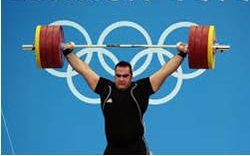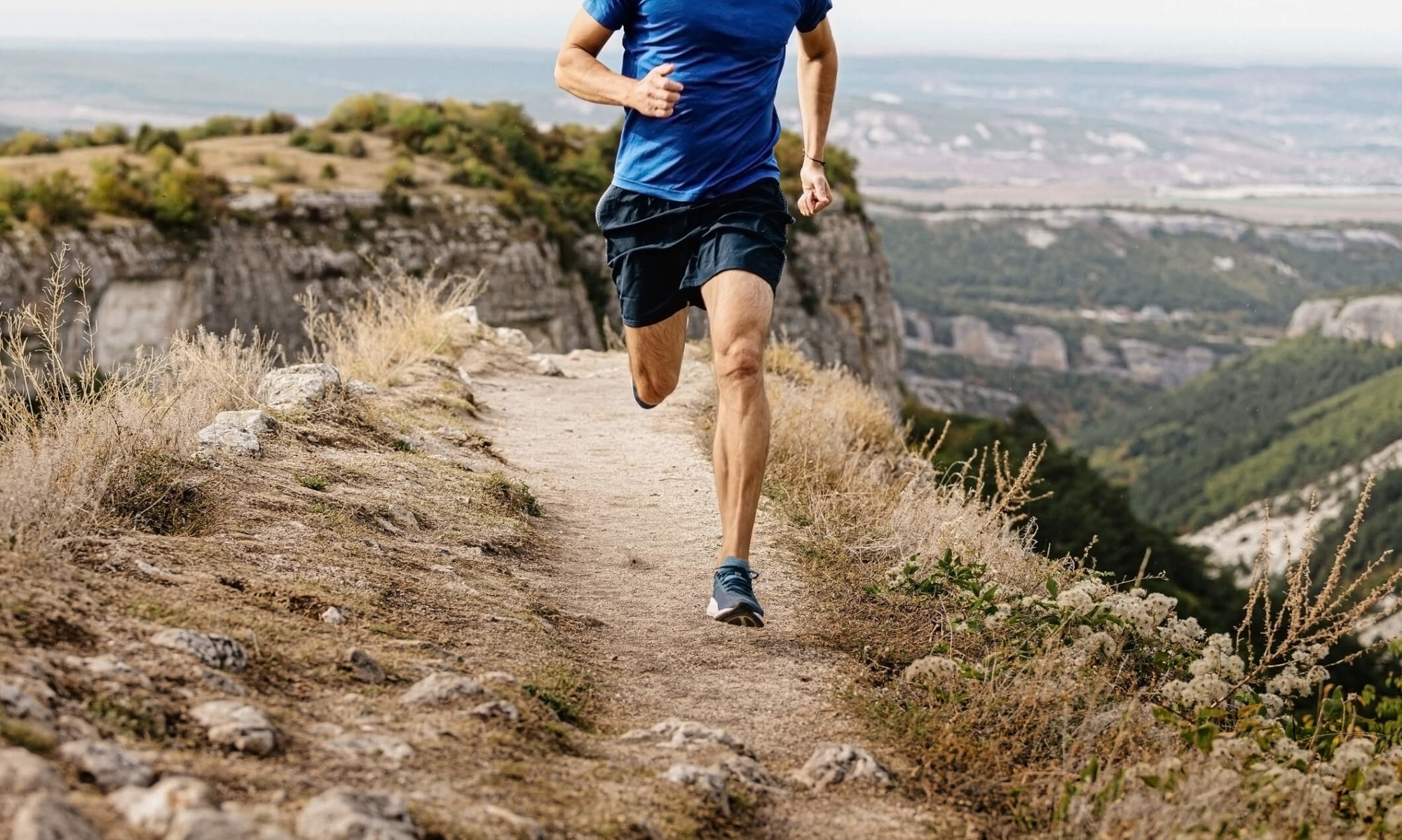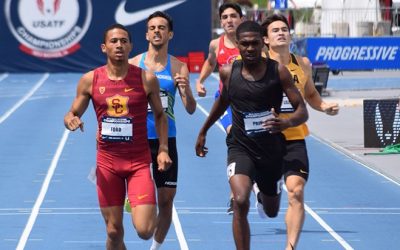
REMEMBERING THE PURPOSE OF THE WEIGHT ROOM
In this day and age of fitness fads, it is easy for the lines to be blurred between calorie-burning crazes and fundamental strength and conditioning training tailored to sport-specific needs. That isn’t to say that cardio machines, jump ropes, agility ladders, punch mitts, battle ropes, tires and hammers, etc. can NEVER play a part towards purposefully training an athlete. But too often in the strength and conditioning profession, we see coaches or trainers waste valuable square footage space in the weight room with movements designed to improve cardiovascular fitness. This also takes away from time that could be dedicated to an athlete actually getting STRONGER and more POWERFUL with more equipment designed and housed inside the weight room for those purposes. Remember, if an athlete does not have a good base of cardiovascular fitness in the first place, then chances are they are not yet ready to accomplish much in the weight room; and most of that preliminary CONDITIONING can take place elsewhere first (or during other coordinated training periods).
Coaches or trainers that can help improve cardio fitness and calorie burning are a dime a dozen, but strength and conditioning coaches that are able to prioritize gains in strength, power, speed, and agility – all while safely developing bodies more resistant to injury – are best qualified to be working with athletes. These are some good related qualities to look for in a competent strength coach or high-performance trainer:
EXPERIENCE WITH PROGRAM DESIGN:
Can they structure a workout routine in order to maximize growth and physical or performance gains? Is the workout challenging but still capable of allowing you to recover fresh and get progressively stronger on a weekly basis? Often times a coach who has once trained as a high-level athlete themselves will write the best training program simply because they know how it feels to perform one.
EXPERIENCE TEACHING THE MOST EFFECTIVE METHODS:
Are they capable of really coaching with good results? Can they take multiple athletes and provide real-time feedback and expert instruction to create bigger, stronger, faster, more agile bodies? Simply look at the physical capabilities and the injury history of the athletes they have closely worked with for the answer. Some coaches may even have adequate knowledge to teach these effective training methods, but refuse to incorporate them in their program because they consider it “too risky” for their skill set.
EXPERIENCE LEADING BY EXAMPLE:
Do your coaches look the part as fit and healthy human beings themselves? Can they command respect and successfully impart an unlimited amount of training knowledge without yelling, screaming, threatening, or being unprofessional? Athletes are very high-functioning technical beings – meaning they are quick to pick up on and emulate what an example does versus what that example or role model might simply say…and actions do speak louder than words.
Remember: Conditioning is easier to develop than acquired strength, power, speed, and quickness. Make sure to develop the latter skills first – do not impede athletes’ development by wasting time trying to build the former in the weight room setting. Conditioning cannot guarantee any of the latter skills; but improving these skills can greatly contribute to an athlete’s conditioning.
– CHRIS BORGARD




